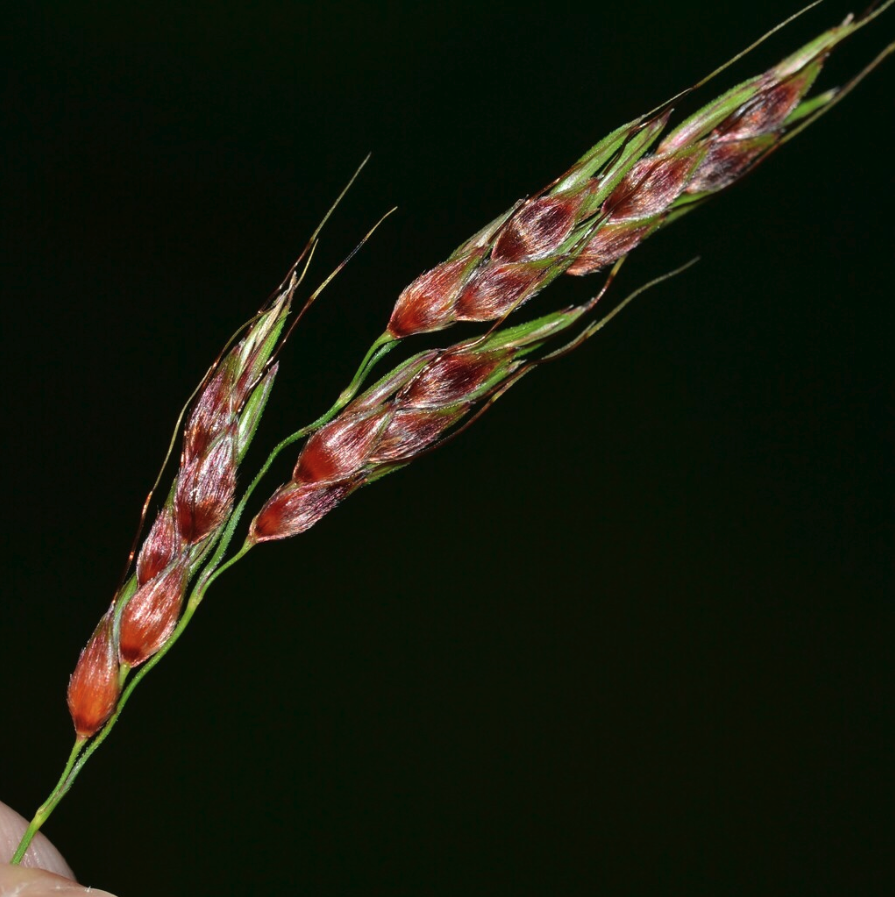
1st Choice BMR Sorghum Sudan
Sorghum Sudan
1st Choice BMR Dwarf Sorghum-Sudan delivers outstanding forage quality in a compact, highly manageable package. Featuring the Brown Midrib (BMR) trait for improved digestibility, this dwarf hybrid off...
- Growing Region: North America
- Blooms:
- Life Form:
- Application Type: Forage and Pasture
- Height: 4+ ft
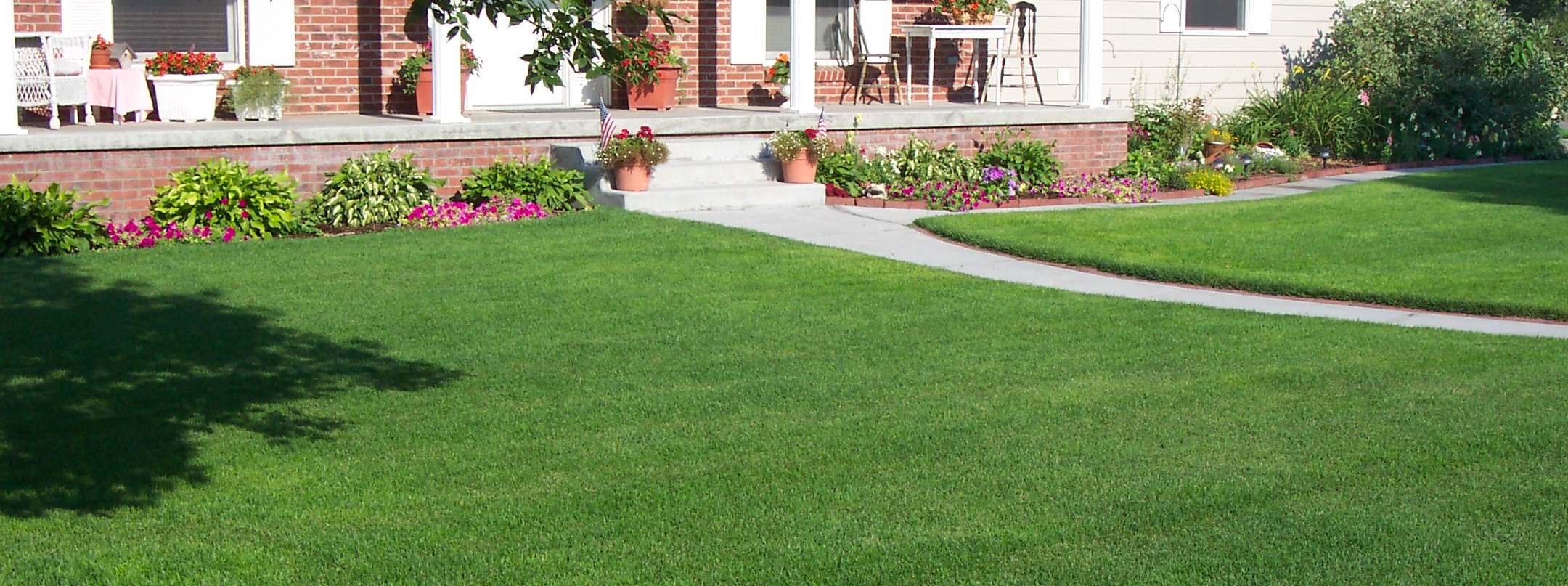
5 Star Bluegrass Blend
Turfgrass blend
Five Star is The Top Ranking Bluegrass Blend. A blend of five of the best bluegrasses on the market today, selected and blended for superior color, texture, and density. Very dark green turf even at m...
- Growing Region: North America
- Blooms:
- Life Form: Grass
- Application Type: Turf
- Height: 0-1 ft

813
Tricale hexaploide var. 813
813 is one of the most utilized triticale's in the Midwest. 813 is awnletted and has a superior disease package that works well for both grazing and chopping. 813 is consistently at the top of the lis...
- Growing Region: Midwest
- Blooms:
- Life Form: Grass
- Application Type: Wheat
- Height: 4+ ft
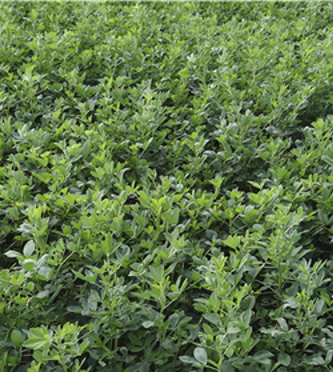
A-100 Brand Alfalfa
A-100 Brand Alfalfa
Star Seed's A-100 Brand Alfalfa is an exceptionally high yielding and high quality alfalfa blend. These blend of genetics are exclusive to Kansas from Star Seed's breeding partner. has an excellent a...
- Growing Region: California
- Blooms:
- Life Form: Legume
- Application Type: Forage and Pasture
- Height: 1-3 ft
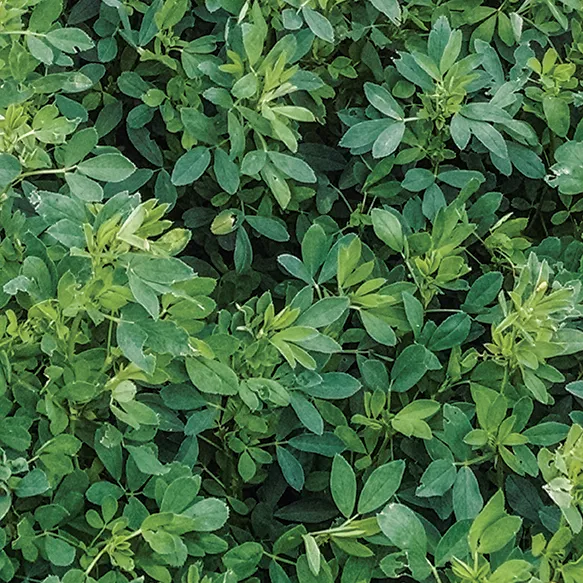
A-100 Grazer Alfalfa
Medicago sativa var. A-100
A-100 Grazer Alfalfa by Star Seed is an exceptionally high yielding and high quality alfalfa that will withstand grazing compaction and high traffic.Exclusive genetics with sunken crowns developed wit...
- Growing Region: California
- Blooms:
- Life Form: Legume
- Application Type: Cover Crop
- Height: 1-3 ft
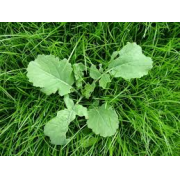
African Cabbage
Brassica carinata
Ethiopean cabbage is a brassica with a hard erect central stem that remains upright during the winter. It provides control of several parasitic nematodes, and is excellent at trapping snow in the wint...
- Growing Region: Southeast, Midwest
- Blooms:
- Life Form: Forb
- Application Type: Cover Crop
- Height: 1-2 ft
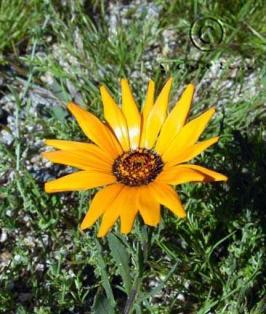
African daisy
Dimorphotheca sinuata
Introduced annual with showy yellow, orange and cream flowers, blooming early spring and summer. Recommended for beautiful groundcover, garden borders or areas where quick cover is needed. Drought and...
- Growing Region: Southwest, California
- Blooms: Spring, Summer
- Life Form: Forb
- Application Type: Commercial Beautification
- Height: 0-1 ft
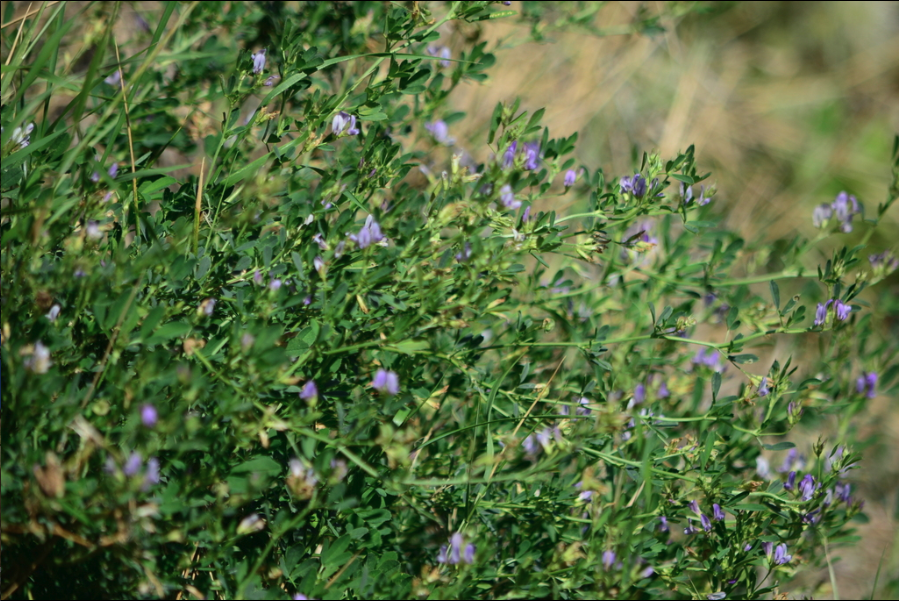
Alfalfa
Medicago sativa
Potentially long-lived nitrogen-fixing perennial legume with a significant taproot and purple flowers. Adapted to fertile, deep, well-drained soils. Intolerant of poor drainage, high water tables and...
- Growing Region: Midwest
- Blooms: Summer, Spring, Fall
- Life Form: Legume
- Application Type: Cover Crop
- Height: 1-3 ft
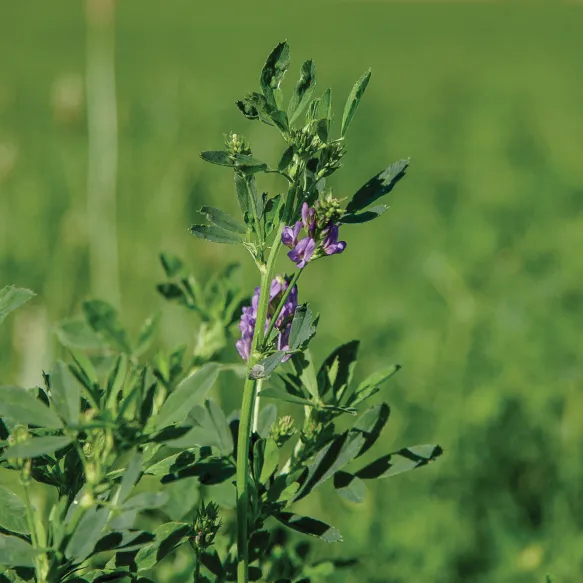
Alfalfa Seed, VNS
Alfalfa Seed, VNS
Alfalfa (Common, VNS) is well-adapted to deep, well-drained, loamy soils with a high moisture holding capacity. Avoid deep, sandy soils or soils with poor internal drainage. A properly prepared seedbe...
- Growing Region: Southwest
- Blooms:
- Life Form: Legume
- Application Type: Cover Crop
- Height: 1-3 ft

Alkali Barley
Hordeum depressum
This is an annual grass that grows between 1 to 2 feet tall. It is used for habitat restoration and as a cover crop. This grass prefers full sun and is typically found in grasslands, prairies, and di...
- Growing Region: Pacific Northwest, Intermountain West, California
- Blooms:
- Life Form: Grass
- Application Type: Land Reclamation, Habitat Restoration
- Height: 1-2 ft
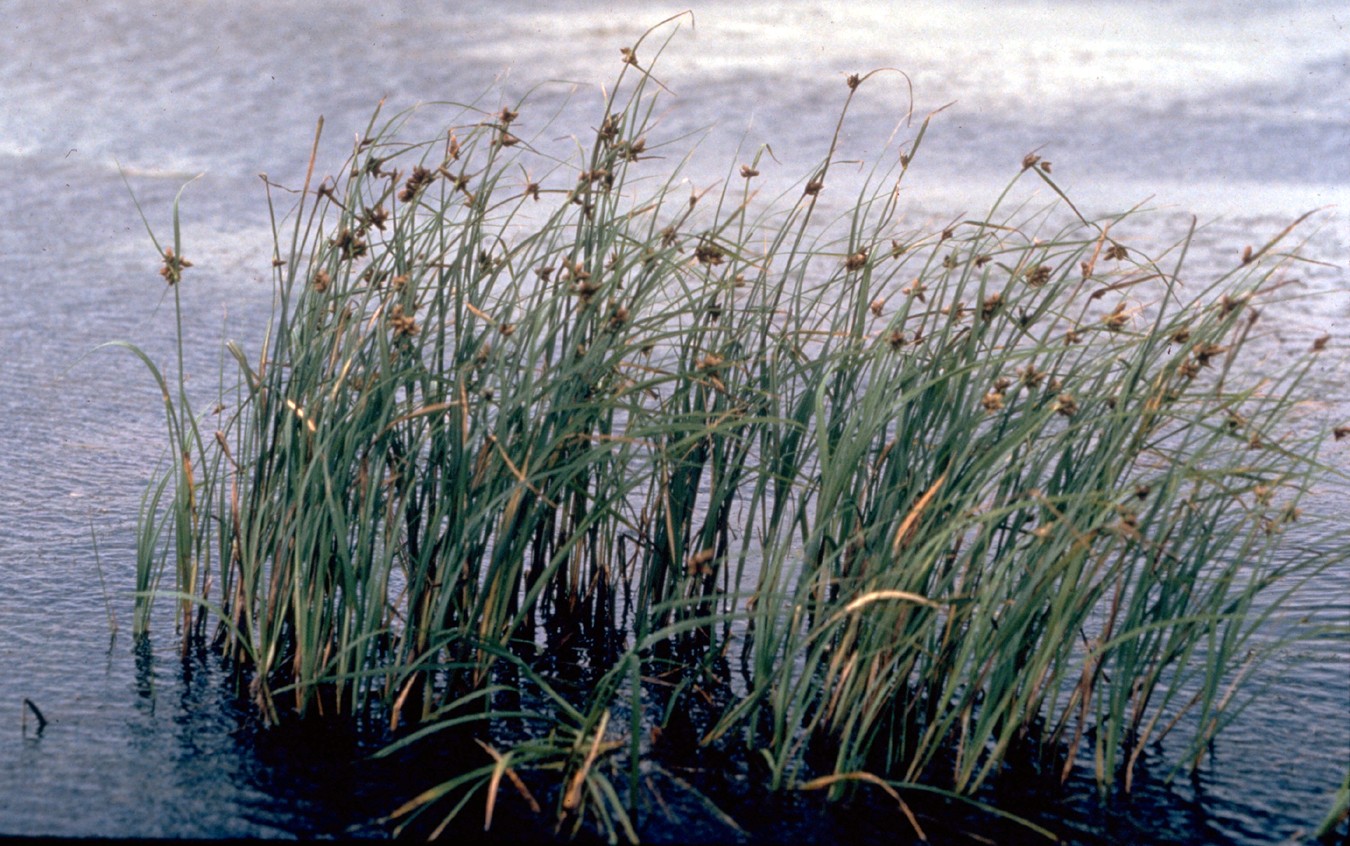
Alkali bulrush
Schoenoplectus maritimus
Cool season, stout, rhizomatous, native, grass-like perennial occurring in wet alkaline or saline soils in meadows, marshes or near waterways. Valuable for providing cover for waterfowl and shore bird...
- Growing Region: Pacific Northwest, California, Intermountain West, North America, Midwest, Southwest
- Blooms:
- Life Form: Grasslike
- Application Type: Land Reclamation, Habitat Restoration
- Height: 1-3 ft
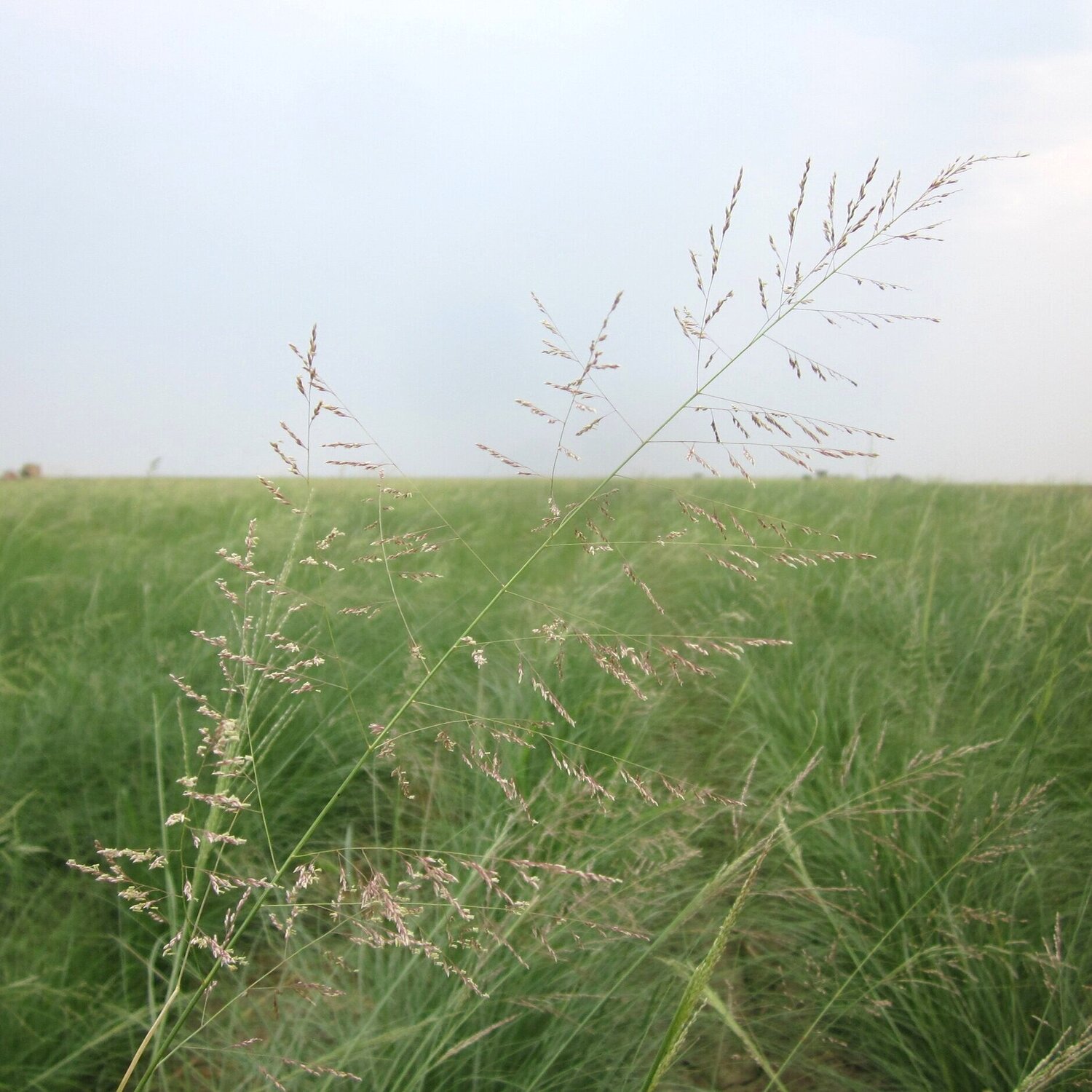
Alkali sacaton
Sporobolus airoides
Warm season, perennial bunchgrass with an extensive fibrous root system. Performs best on deep, moist, fine textured soils but will persist on coarser soils on dry sites. Tolerant of a wide range of s...
- Growing Region: Intermountain West, Southwest, Pacific Northwest, California
- Blooms:
- Life Form: Grass
- Application Type: Land Reclamation, Habitat Restoration
- Height: 1-4 ft
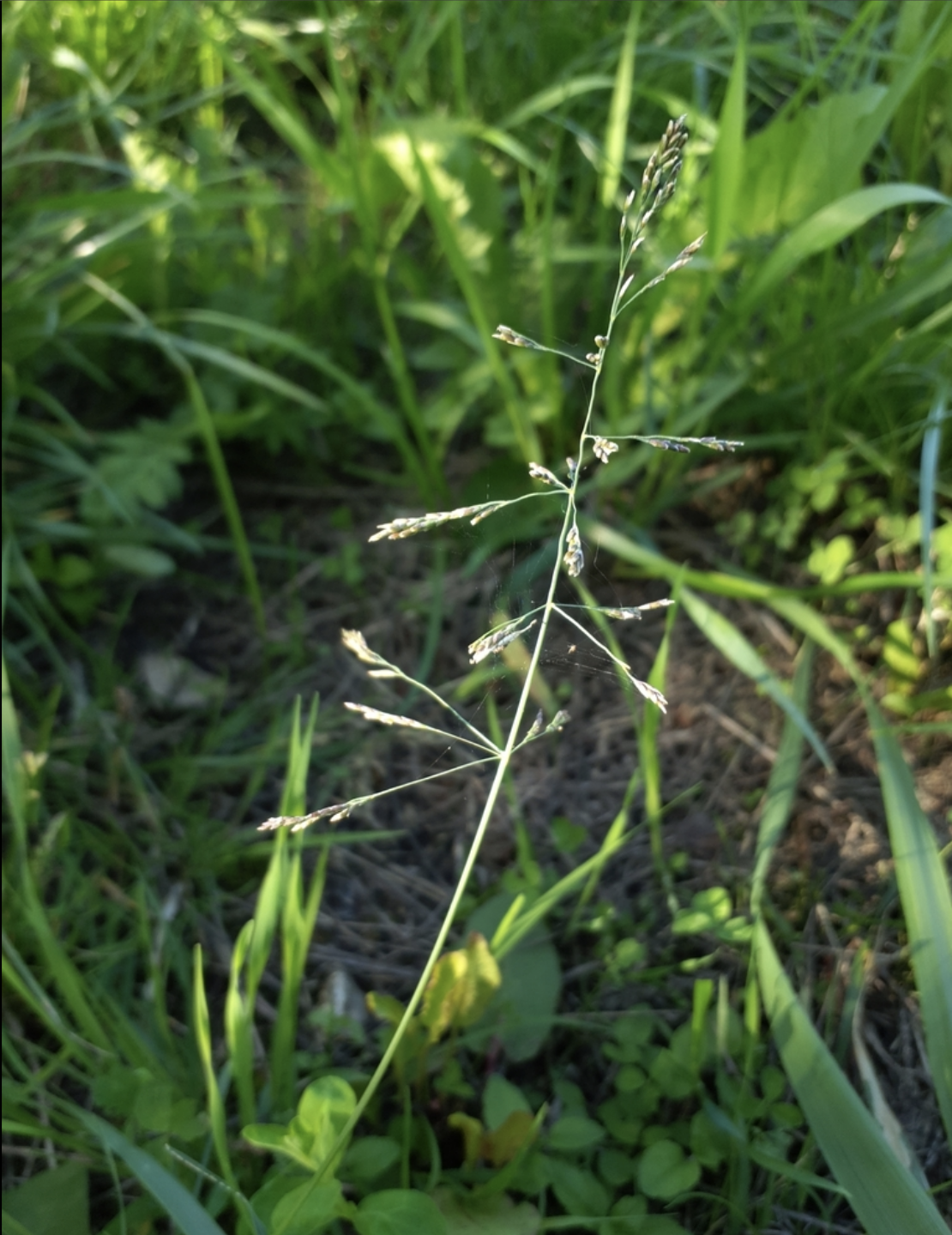
Alkaligrass
Puccinellia distans
Cool season, perennial sod-former with a vigorous and shallow fibrous root system. Adapted to moist or periodically moist, saline soils. Able to withstand intermittent flooding and shallow water table...
- Growing Region: Southwest
- Blooms:
- Life Form: Grass
- Application Type: Commercial Beautification, Land Reclamation, Turf
- Height: 1-2 ft
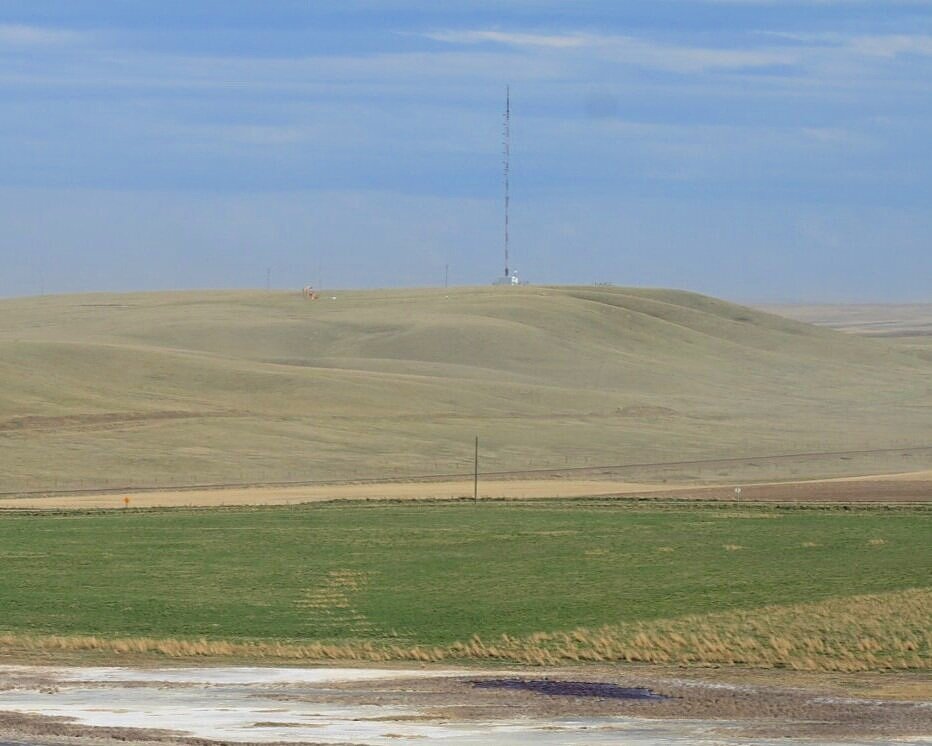
Alkaline Hay & Pasture Blend
Pasture Blend
A blend of grass species designed to grow in difficult alkaline soil conditions. Alkaline soils are typically high pH clays (≥ 8.5) with poor particle structure and low capacity for water infiltration...
- Growing Region: Pacific Northwest
- Blooms:
- Life Form: Grass
- Application Type: Forage and Pasture, Cover Crop
- Height: 1-3 ft
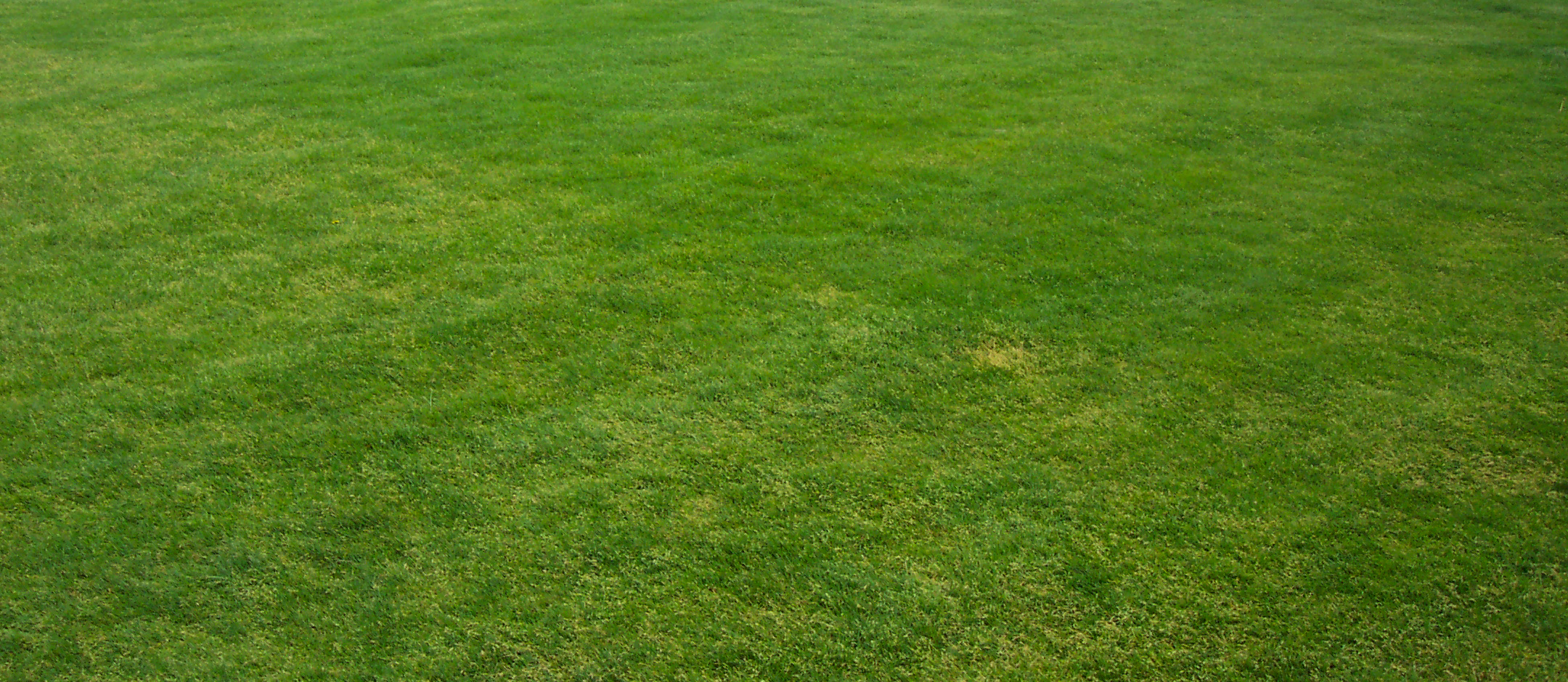
All Purpose Turf Mixture
Mix
Fine quality turf for use on home lawns, parks, and school grounds at an economical price. Very good shade tolerance with acceptable density and color. Good disease resistance. Widely adapted from sun...
- Growing Region:
- Blooms:
- Life Form: Grass
- Application Type: Turf
- Height: 0-1 ft